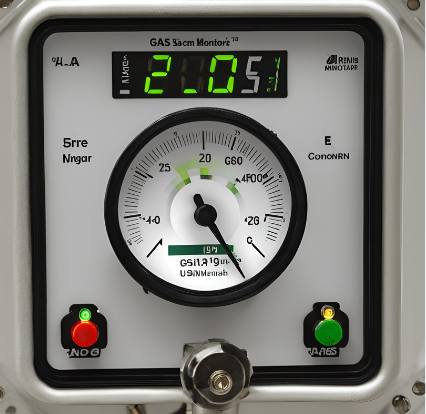Understanding CO Sensors
Carbon monoxide (CO) sensors are critical devices used to detect the presence of carbon monoxide gas in the environment. Carbon monoxide is a colorless, odorless, and tasteless gas that is highly toxic to humans and animals. Due to its undetectable nature by human senses, CO sensors play a vital role in ensuring safety in residential, commercial, and industrial settings. This article will delve into the working principles, types, applications, and importance of CO sensors.
Working Principles of CO Sensors
CO sensors operate based on various detection principles, each with its unique mechanism for identifying the presence of carbon monoxide. The most common types of CO sensors include electrochemical sensors, semiconductor sensors, and infrared sensors.
Electrochemical Sensors
Electrochemical sensors are widely used in CO detection due to their high sensitivity and accuracy. These sensors consist of electrodes immersed in an electrolyte solution. When CO gas enters the sensor, it undergoes a chemical reaction at the electrode surface, producing an electrical current proportional to the concentration of CO. The sensor’s electronics then convert this current into a readable output, indicating the level of CO in the environment.
Semiconductor Sensors
Semiconductor sensors use metal oxide semiconductors, such as tin dioxide (SnO2), to detect CO. When CO gas comes into contact with the semiconductor surface, it reduces the resistance of the material. This change in resistance is measured and converted into an electrical signal, which is then used to determine the concentration of CO. These sensors are known for their durability and low cost but may require periodic calibration to maintain accuracy.
Infrared Sensors
Infrared (IR) sensors detect CO by measuring the absorption of infrared light by CO molecules. These sensors emit a beam of infrared light through a sample of air. CO molecules absorb specific wavelengths of this light, and the sensor measures the reduction in light intensity. The amount of absorbed light is directly proportional to the concentration of CO in the air. IR sensors are highly accurate and stable but tend to be more expensive than other types.
Applications of CO Sensors
CO sensors are employed in various applications to ensure safety and compliance with environmental regulations. Some of the key applications include:
Residential Use
In homes, CO sensors are commonly integrated into CO alarms and detectors to protect occupants from CO poisoning. These devices are typically installed near sleeping areas and fuel-burning appliances, such as furnaces, water heaters, and stoves. When elevated levels of CO are detected, the alarm sounds, alerting residents to evacuate and seek fresh air.
Commercial and Industrial Use
In commercial and industrial settings, CO sensors are used to monitor air quality in environments where CO may be produced, such as manufacturing plants, warehouses, and parking garages. These sensors help ensure that CO levels remain within safe limits, protecting workers and customers from exposure. Additionally, CO sensors are used in HVAC systems to control ventilation and maintain indoor air quality.
Automotive Industry
CO sensors are also employed in the automotive industry to monitor exhaust emissions and ensure compliance with environmental regulations. These sensors help detect and reduce CO emissions from vehicles, contributing to cleaner air and reduced environmental impact.
Importance of CO Sensors
The importance of CO sensors cannot be overstated, given the potential health risks associated with CO exposure. Carbon monoxide binds to hemoglobin in the blood, preventing it from carrying oxygen to cells and tissues. Prolonged exposure to high levels of CO can lead to symptoms such as headaches, dizziness, confusion, and even death. CO sensors provide an early warning system, allowing individuals to take action before CO levels reach dangerous concentrations.
Moreover, CO sensors contribute to environmental protection by helping industries monitor and control CO emissions. This ensures compliance with regulations and promotes cleaner air quality, benefiting both human health and the environment.
Conclusion
CO sensors are indispensable tools for detecting and preventing carbon monoxide poisoning. By understanding their working principles, types, and applications, we can better appreciate their role in safeguarding human health and the environment. Whether in residential, commercial, or industrial settings, CO sensors provide a critical layer of protection against the invisible threat of carbon monoxide.





